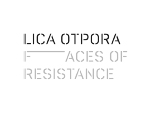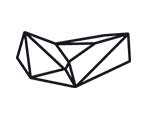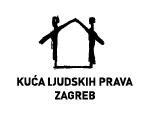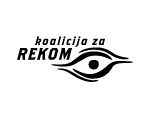(In)Visible Traces. – Results from the Residencies
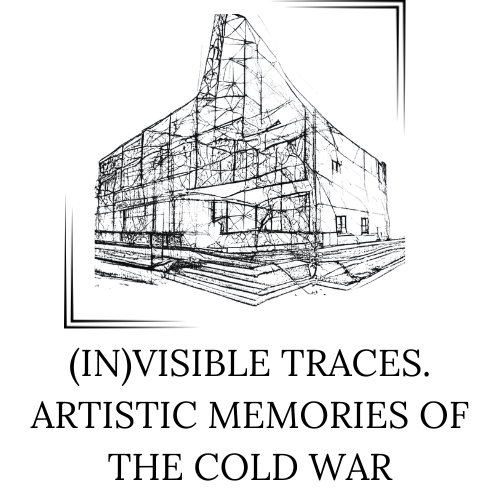
Olja Triaška Stefanović and Iosif Király, both renowned for their distinct artistic practices, explore themes of memory, history, and geopolitical transformation in their respective works, rooted in the Cold War and its aftermath.
Olja Triaška Stefanović, a visual artist from Novi Sad, channels her experiences of displacement and historical shifts into interdisciplinary art. Her residency at Studio Das Weisse Haus in Vienna culminated in the multimedia installation Aren’t They Cute?. This piece delves into “animal diplomacy” during the Cold War, examining how animals served as tools of propaganda and symbols of cultural exchange. By weaving archival photographs, videos, and soundscapes, Stefanović critiques the ethical and geopolitical implications of these symbolic exchanges, juxtaposing nostalgia with a critical lens on history.
Iosif Király, a Romanian visual artist and architect, integrates documentary photography and conceptual art to question collective memory and historical narratives. His residency focused on the revolutionary imagery of 1989 Romania, producing works like The Hole in the Flag Remains a Symbol of the Revolution and Libertate. Through fragmented and layered compositions, Király captures the instability of memory and the evolving significance of historical events, creating a poignant reflection on the personal and political interplay within national identity.
Together, their works exemplify a dynamic dialogue on the complexities of memory, history, and cultural identity in post-Cold War Europe.
____________
1) Iosif Kiraly – The hole in the flag remain the symbol of the revolution
2) Olja Triaska Stefanovic – Aren’t they cute?





